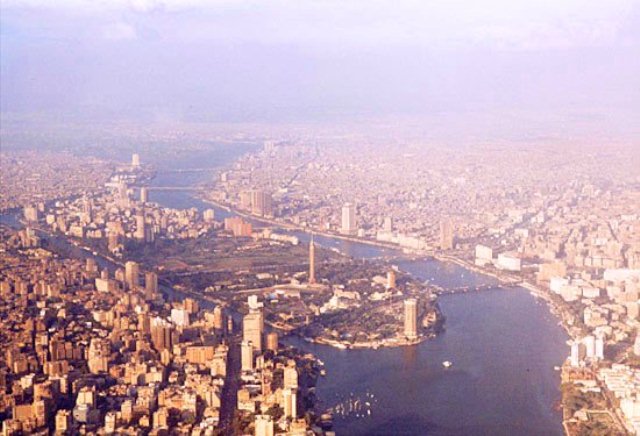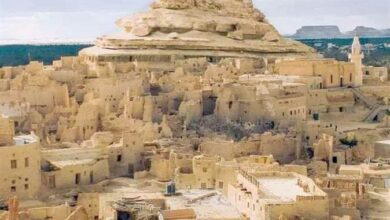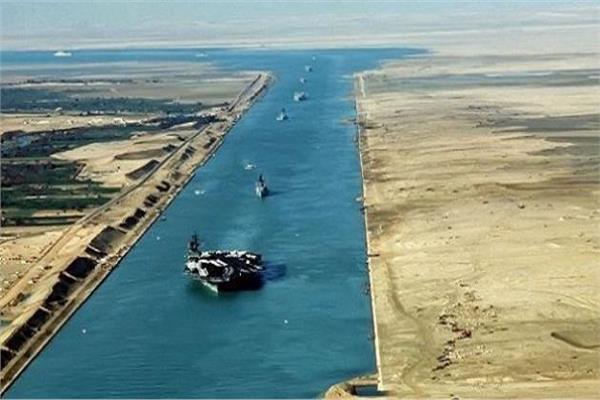
It’s no secret that Cairo’s urban landscape and architectural heritage has been severely mismanaged over past decades.
Beautiful structures and bridges have been demolished or neglected in favor of erecting monochrome, concrete high-rises and oversized highways. Meanwhile, the city’s population and automobile traffic has been steadily increasing, whilst traffic rules, regulations and public spaces have been effectively disappearing.
For years urban planners have desperately tried to point out the destructive mechanisms responsible for Cairo’s urban deterioration to government officials and investors, often providing extensive research and solutions in the process.
Some of the significant reasons often highlighted include: disrespect for housing and zoning regulations, lack of public transport, poor maintenance of cultural heritage zones, disregard for basic laws and regulations or the prolonged pouring of billions of dollars of funds into desert cities which remain largely uninhabited, whilst central Cairo’s residential areas continue to burst at the seams.
But, according to urban planners, these warnings and reformative prescriptions have long fallen on deaf ears, as ad-hoc structures continued to pop up around the city while congestion became denser by the day, hence rendering urban development counsel practically useless.
To look at the current situation, several urban planners have offered to share their views on the current state of urban planning in Cairo, and what changes might need to take place in coming years in order to reclaim Cairo from destructive mechanisms and see to its proper development.
“Cairo’s current physical state is not necessarily the result of malevolent decision making, but more a physical manifestation of the systematic processes of governance that have long been in place,” says Khaled Abdel Halim, the United Nations Development Program’s (UNDP) technical adviser to the Local Development Ministry. “It’s no longer a matter of coming up with warnings and solutions through extensive research, because the systematic mechanisms required to execute these solutions are nonexistent, and have been for a long time.”
Abdel Halim firmly believes that before further solutions for Cairo’s redevelopment are put forward, the roles and effectiveness of Egypt’s ministries and governing institutions, not just the ministers and officials themselves, need to be put under review.
This includes the Ministry of Housing, Utilities & Urban Development, the Ministry of State for Local Development, and the Ministry of Transport, among others.
“You can’t present solutions to institutions that have no accountability and are either incapable or do not want to solve the problem,” he says. He suggests that the roles of the institutions meant to address these problems have long been abused by governing bodies for purposes of self-gain, hence rendering their proclaimed significance towards urban development superficial.
“There needs to be an institutional revolution, not just a personnel shuffle,” he says.
Omar Baghdadi, head of EHAF Consulting Engineers, adds that in addition to a restructuring of Egypt’s institutions and ministries, effective dialogue and communication between all of the city’s stakeholders will need to be firmly established — something that he says has never really happened in Egypt’s history.
This suggests that planners, residents, government officials and investors all need to have equal say and relative political strength in order to minimize one group’s suffering in favor of another’s gain.
“That equation is crucial in communal development projects, because as soon as that equation becomes imbalanced the whole system crumbles and you end up with undertakings like, for example, the uninhabited desert cities or the new flag tower in Zamalek,” he says.
Baghdadi suggests that Cairo’s desert cities, and the newly built Zamalek flag tower, are reflections of communal imbalances that prioritized investors and governing bodies, respectively.
Initially, Cairo’s desert cities were intended to absorb the majority of the city’s population, yet after investing billions of dollars into their development, they currently remain largely uninhabited, providing accommodation for mostly only a small percentage of wealthy families and homeowners. On the other hand, the Zamalek tower was illegally built — by order of the army — in a cultural heritage zone, despite public outrage from residents and petitions from various NGOs and cultural heritage institutions.
“All stakeholders must have relatively equal measure and say in urban developments for the sake of the larger picture — the community,” adds Baghdadi.
Soheir Zaki Hawass, deputy chief of the National Organization for Urban Harmony (NOUH), an affiliate of the Ministry of Culture, was a driving force behind the tower’s opposition due to its illegality. She claims that these proposals were ignored by the army, who not only granted the tower’s construction, but is currently the governing body responsible for prohibiting it in the first place.
Hawass stresses the symbolic implications of this act: “Laws and regulations are essential building blocks with regard to planning any functioning urban environment,” she says. “Without a respect for laws, particularly from those responsible for their enforcement, the urban environment cannot develop harmoniously because stakeholders in the community will always be unequal.”
Baghdadi, however, maintains that in times of lawlessness, stakeholder equality in one’s urban environment can be fought for with popular support. He cites the example of Warrak Island, just north of Zamalek, which investors have attempted to develop for several years. Development has been prevented to this day by prolonged outrage and protests from residents and neighboring inhabitants.
“The power of popular support with regard to one’s community should never be underestimated,” he says.
Baghdadi also suggests a potential future need for Egypt to develop an urban planning syndicate that can formally put pressure on governing bodies and create sufficient dialogue between various stakeholders.
“There currently exists an engineering syndicate, but it isn’t very efficient, and urban design is low on its list of priorities,” he says. “Developing a planning syndicate is definitely something that should be in the books when thinking about the future of Cairo’s urban redevelopment.”
However, considering Egypt’s current political climate, urban planners maintain that hopes are still high for the future of Cairo’s long-term urban development, given the eventual restructuring of the country’s governing bodies.
David Sims, an urban development specialist with 30 years of experience in the developing world, who authored “Understanding Cairo: The Logic of a City Out of Control,” told Egypt Independent that in the coming months, workshops are going to take place that will focus on developing comprehensive plans for newly elected governing bodies to follow that will help rectify many of the core issues currently damaging Cairo’s urban landscape. According to Sims, contact with MPs and Muslim Brotherhood figures has already been made.
“We will basically forward the idea that the time has come for governing bodies to get their priorities straight, and invest in the city and its people, and not in projects and places that people won’t use or go to,” he says. However, Sims also acknowledges the current sensitive political climate with regard to foreign involvement and insists that only Egyptian organizations should present such proposals.
Urban planner Kareem Ibrahim, co-founder of Takween, an urban planning solutions initiative established after the ousting of Mubarak, adds that his initiative is also currently organizing with activists, volunteers and government officials to put additional pressure on the new government to draft urban preservation policies into the new constitution, which will then hopefully be reflected in law.
“The truth is, the fate of Egypt’s urban environment really rests on how willing new governments and elected bodies will be to treat these matters seriously and appropriately,” says Ibrahim. “Only time, and persistence, can tell.”




